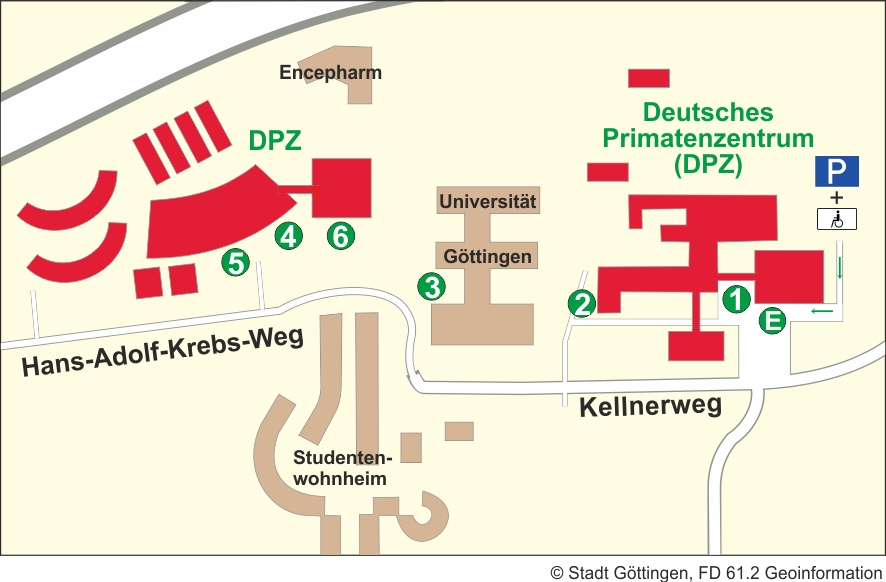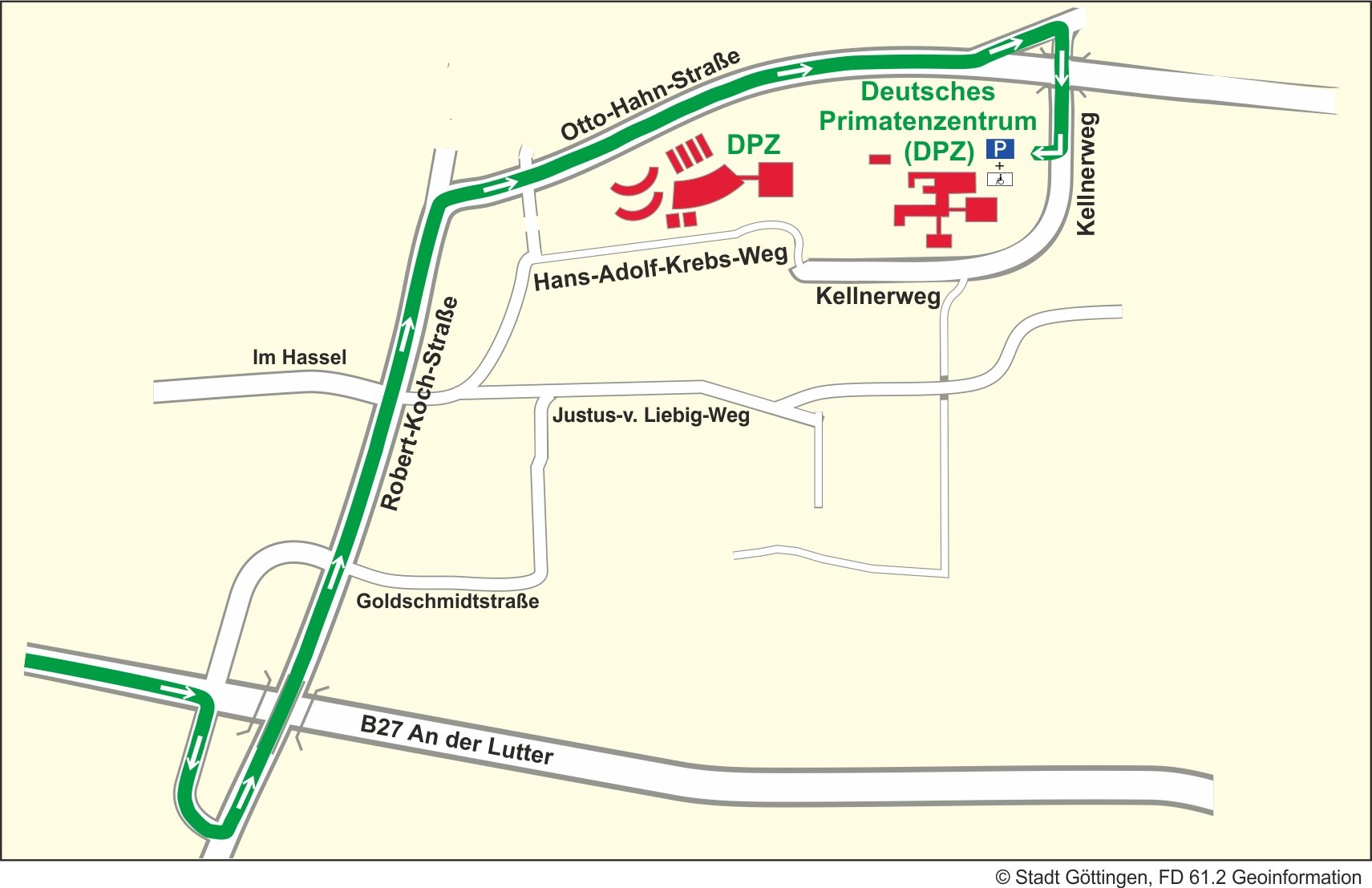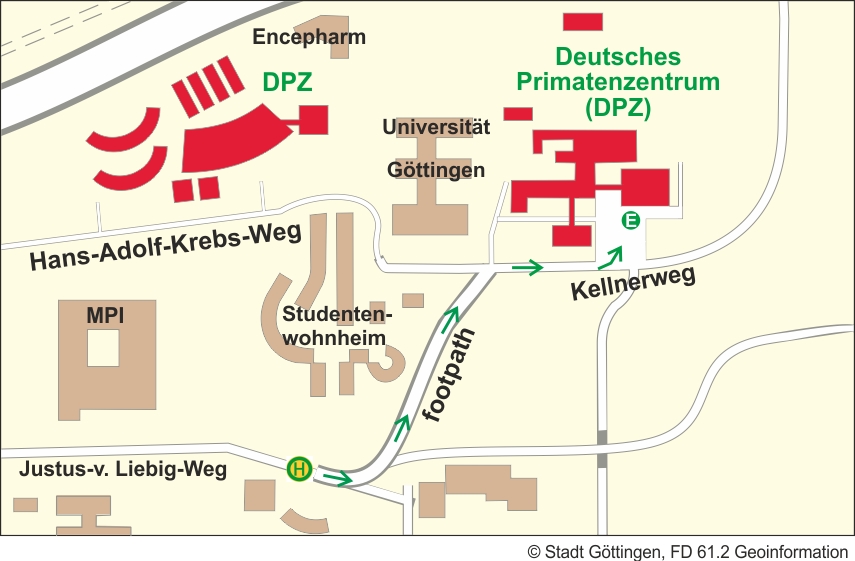The evolutionary road to syntax
Save as calendar entrySyntax is habitually named as what sets human language apart from other communication systems, but how did it evolve? Comparative research on animal behaviour has contributed in important ways, with mainly three sets of data. First, animals have been subjected to artificial grammar tasks, based on the hypothesis that human syntax has evolved through advanced computational capacity. In these experiments humans generally outperform animals, but there are questions about validity, as experimental stimuli are (deliberately) kept devoid of semantic content. Second, animal communication has been compared in terms of the surface structures with the aim of developing a typology of animal syntax, based on the hypothesis that syntax is an evolutionary solution to the constraints of small signal repertoires. A wide range of combinatorial phenomena has been described, mainly in nonhuman primates, but there is little support for the hypothesis that syntax has emerged due to repertoire size constraints. A third way of studying the evolution of syntax is to compare how animals perceive and communicate about external events, the mental deep structure of syntax. Human syntax is closely aligned with how we perceive events in terms of agency, action and patience, each with subsidiary functions. The event perception hypothesis has been least explored in animals and requires a serious research programme.
Referent
Klaus Zuberbühler
(Université de Neuchâtel)
Journey Description
Map

E - Main Entrance/Reception
1 - Managing Board; sections: Infection Biology Unit, Unit of Infection Models, Laboratory Animal Science Unit, Primate Genetics Laboratory, Behavioral Ecology and Sociobiology Unit, Cognitive Ethology Laboratory, Neurobiology Laboratory, Research Coordination, Public Relations, Information Technology, Administration, Technical Support, Library.
2 - Material Delivery/Purchase
3 - Platform Degenerative Diseases
4 - Cognitive Neuroscience Laboratory
5 - Animal Husbandry
6 - Imaging Center, Functional Imaging Laboratory
Arrival by car

Leave the interstate A7 at exit "Göttingen Nord". Follow the B27 straight ahead in the direction of "Braunlage". After the third traffic light intersection turn right towards "Kliniken". Afterwards turn left onto "Robert-Koch-Straße" direction "Universität Nordbereich/Polizei". At the end of "Robert-Koch-Straße" turn right onto "Otto-Hahn-Straße", direction "Nikolausberg". The first street on the left turn onto "Kellnerweg", follow the signs "Deutsches Primatenzentrum".
Arrival by bus

The footpath from the bus stop "Kellnerweg" to the Main Entrance/Reception:
From Bus stop "Kellnerweg" (line 21/22 and 23) Cross the road, go in the direction of the bus. At the mailbox, turn left into the footpath and proceed to the end. Turn right into the Kellnerweg. The main entrance of the DPZ is on the left side.
Date and Time 04.04.19 - 16:15 - 17:30 Signup is not required
Leibniz ScienceCampus Primate Cognition
Leibniz ScienceCampus Primate Cognition
cschloegl@dpz.eu
